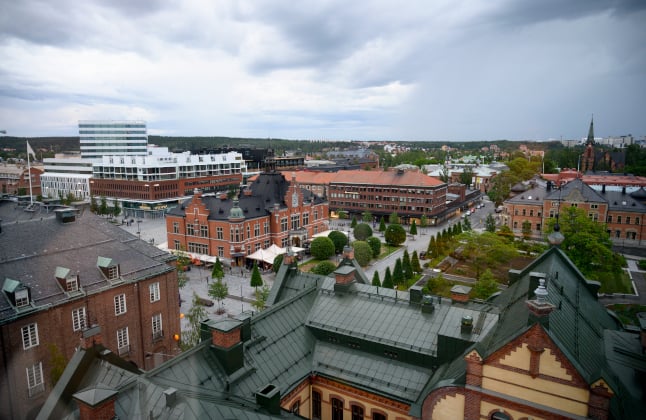“She was completely responsive but a little frozen,” said Arne Berggren of the Örnsköldsvik emergency services to the Expressen newspaper.
The woman reportedly lost control of her vehicle on Wednesday afternoon at 4pm near Solberg, a town of 100 people that lies roughty 160 kilometres west of Umeå.
She was driving along a small and rarely used forest road when the car hit a stone and she was unable to continue.
It remains unclear if the woman was stuck in the car or simply refused to get out into the snow.
“As luck would have it, she was very properly dressed. That’s why she’s put up with the cold,” Berggren told the TT news agency.
It wasn’t until Thursday morning at 9.30am that someone caught sight of the woman’s car and contacted emergency services.
Police and rescue workers were on the scene around 10am, but an ambulance was not able to collect the woman until an hour later.
The woman is currently recovering in hospital.
In mid-February this year, a 44-year-old man was rescued after he had been stuck for two months in a snowed-in car in Umeå.
The story made headlines around the world, and The Discovery Channel bought the rights to his story two weeks later with the intent of producing a documentary.
TT/The Local/og


 Please whitelist us to continue reading.
Please whitelist us to continue reading.
Member comments